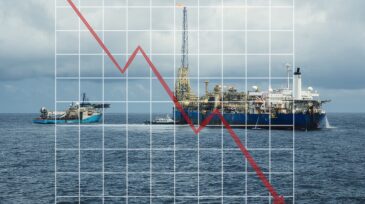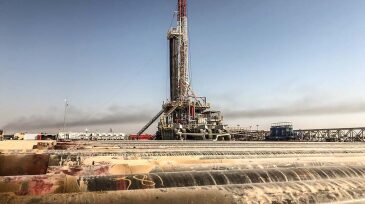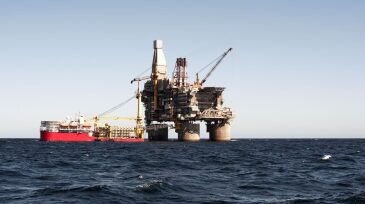COVID-19
-
In a survey of 448 workers across the oil and gas industry, UH Energy asked key questions about returning to work during the global pandemic.
-
SPE leaders share their insights on how COVID-19 and the low oil price environment are affecting the oil and gas workforce, the SPE, and future industry interaction, including academia.
-
The recent increase in global liquid fuel inventory has been largely driven by travel restrictions, and reduced economic activity. Supply is expected come back down as demand and prices recover.
-
Two intelligence groups share similar views on how the fallout from the COVID-19 pandemic has impacted OFS companies’ valuations and operations.
-
Communities reliant on the oil and gas industry say it may take years, not months, to bounce back from the coronavirus pandemic that’s ravaging local economies.
-
FPSO sanctioning is at a minimum and few opportunities remain for FPSO suppliers to find new work and redeploy their vessels. Suppliers may be forced to accept day rate reductions in order to keep their vessels working.
-
I suspect that most people’s 2022–2030 strategic planning windows have shifted. Operational and tactical plans and strategies will need to be based on a widely divergent set of assumptions.
-
The cementing services market size in the US is expected to drop 50% year-on-year from 2019. The significant drop in Permian Basin activity will account for 40% of the total market size reduction.
-
What will the landscape of this industry look like when the dust of the current price crash settles? The business will realign, as it always does. This may bring big changes to the future of technology development.
-
Rystad Energy's analysis shows the decline is in contrast to $170 billion worth of tenders awarded in 2019. Tender activity is expected to show marginal recovery in 2021, reaching about $74 billion.










